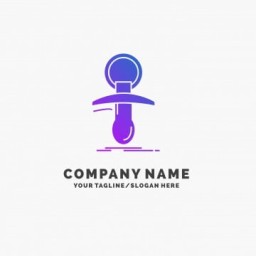Revolutionizing Excellence: Strategies for Continuous Product

In the fast-paced world of consumer demand and technological advancements, staying ahead in the market requires more than just a great product. Continuous product improvement is the key to not only meeting customer expectations but exceeding them. In this blog post, we’ll explore effective strategies to elevate your product and keep it at the forefront of innovation.
- Customer Feedback is Gold: Your customers are an invaluable source of information. Pay close attention to their feedback through surveys, reviews, and social media. Identify common pain points, suggestions, and areas for improvement. Use this data as a foundation for your product enhancement efforts.
- Agile Development: Adopting an agile development approach allows your team to respond swiftly to changing requirements. Break down your product development into smaller, manageable tasks with frequent iterations. This not only speeds up the process but also facilitates quick adjustments based on emerging trends and user feedback.
- Cross-Functional Collaboration: Encourage collaboration among different departments within your organization. Cross-functional teams bring together diverse skills and perspectives, fostering innovation. Regular communication between departments ensures that everyone is on the same page and working towards common product improvement goals.
- Data-Driven Decision Making: Leverage data analytics to make informed decisions about product enhancements. Analyze user behavior, preferences, and market trends to identify patterns and areas for improvement. Data-driven insights provide a solid foundation for making strategic product development decisions.
- Stay Ahead of the Technology Curve: Embrace emerging technologies that can add value to your product. Keep an eye on industry trends and invest in research and development. Whether it’s incorporating artificial intelligence, machine learning, or the latest software updates, staying ahead of the technology curve ensures that your product remains competitive.
- Quality Assurance as a Continuous Process: Rather than treating quality assurance as a final step, integrate it into your development process from the beginning. Implement automated testing tools, conduct regular code reviews, and prioritize the identification and resolution of bugs and issues as part of your ongoing improvement strategy.
- User-Centric Design: Design your product with the end-user in mind. Conduct usability testing to gather insights into user experience. Intuitive and user-friendly designs not only attract more customers but also contribute to higher satisfaction levels, encouraging brand loyalty.
- Iterative Prototyping: Instead of aiming for a perfect product in one go, focus on creating prototypes that can be tested and refined. This iterative approach allows you to gather feedback early in the development process, making necessary adjustments before the final product launch.
Conclusion: In the ever-evolving landscape of product development, continuous improvement is not just a strategy; it’s a necessity. By actively seeking and incorporating customer feedback, fostering collaboration, and staying abreast of technological advancements, your product can not only meet but exceed expectations. Embrace change, prioritize quality, and commit to a culture of continuous improvement to ensure your product’s success in the market.
